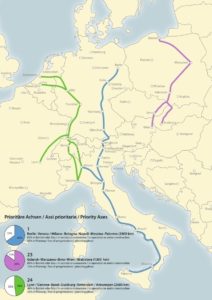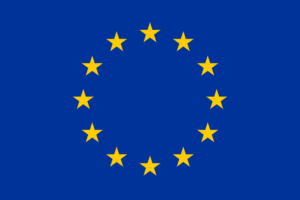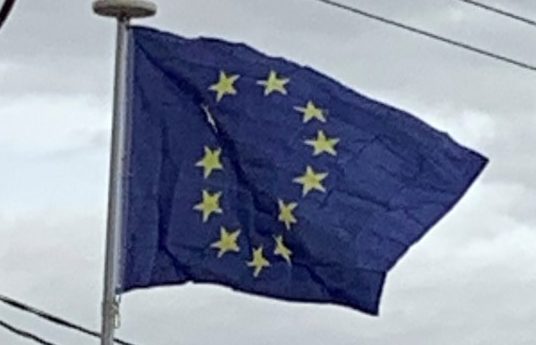To prevent the joining states from getting into financial trouble or crisis after entering the monetary union, they were obliged in the Maastricht treaty to fulfil important financial obligations and procedures, especially to show budgetary discipline and a high degree of sustainable economic convergence, as well as to avoid excessive government deficits and limit the government debt to a sustainable level.
Transportation:
The EU is working to improve cross-border infrastructure within the EU, for example through the Trans-European Networks (TEN). Projects under TEN include the Channel Tunnel, LGV Est, the Fréjus Rail Tunnel, the Öresund Bridge, the Brenner Base Tunnel and the Strait of Messina Bridge. In 2010 the estimated network covers: 75,200 kilometres of roads; 78,000 kilometres of railways; 330 airports; 270 maritime harbours; and 210 internal harbours.
Rail transport in Europe is being synchronised with the European Rail Traffic Management System (ERTMS), an initiative to greatly enhance safety, increase efficiency of trains and enhance cross-border inter-operability of rail transport in Europe by replacing signalling equipment with digitized mostly wireless versions and by creating a single Europe-wide standard for train control and command systems.

The developing European transport policies will increase the pressure on the environment in many regions by the increased transport network. In the pre-2004 EU members, the major problem in transport deals with congestion and pollution. After the recent enlargement, the new states that joined since 2004 added the problem of solving accessibility to the transport agenda. The Polish road network was upgraded such as the A4 autostrada.
The Galileo positioning system is another EU infrastructure project. Galileo is a proposed Satellite navigation system, to be built by the EU and launched by the European Space Agency (ESA). The Galileo project was launched partly to reduce the EU’s dependency on the US-operated Global Positioning System, but also to give more complete global coverage and allow for greater accuracy, given the aged nature of the GPS system.
The Flag:
The European Flag or Flag of Europe is an official symbol of two separate international organisations, the Council of Europe (CoE) and the European Union (EU). It consists of a circle of twelve five-pointed yellow stars on a blue (azure) field.
The flag was designed in 1955, and officially launched later that year by the Council of Europe as a symbol for the whole of Europe. The Council of Europe urged it to be adopted by other European organisations, and in 1985 the European Communities (EC) adopted it.

The EU inherited the flag’s use when it was formed in 1993, being the successor organisation to the EC starting from 1 December 2009 (date of entry into force of the Lisbon Treaty). It has been in wide official use by the EC since the 1990s, but it has never been given official status in any of the EU’s treaties. Its adoption as an official symbol of the EU was planned as part of the proposed 2004 European Constitution, which failed to be ratified in 2005. Alternatively, it is sometimes called the Flag of the European Union when representing the EU.
